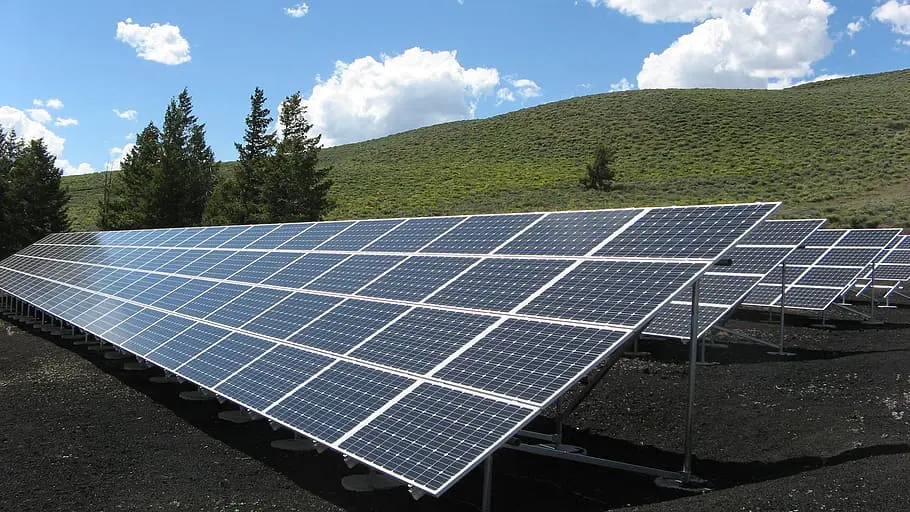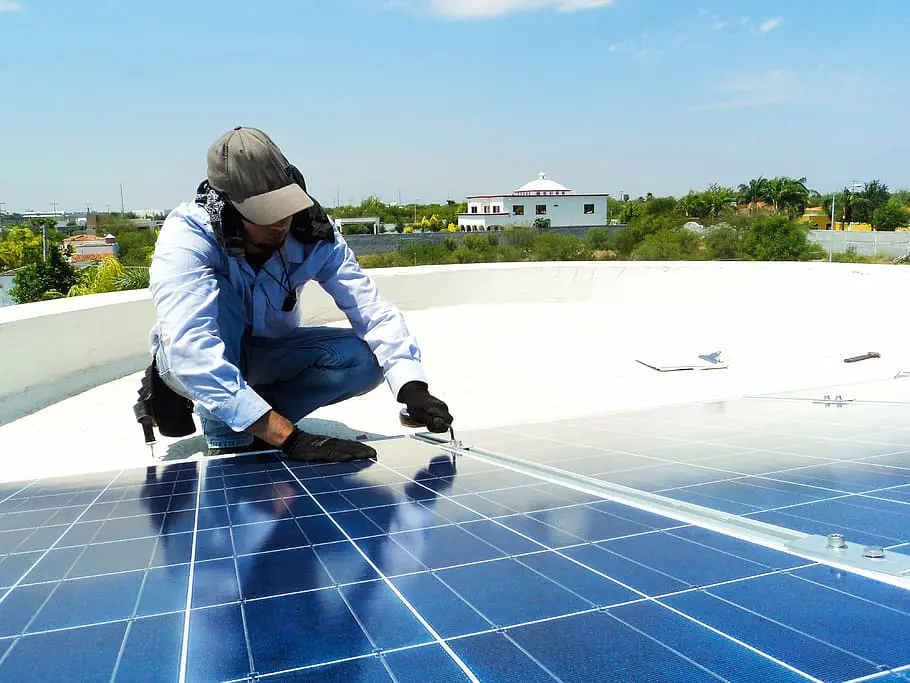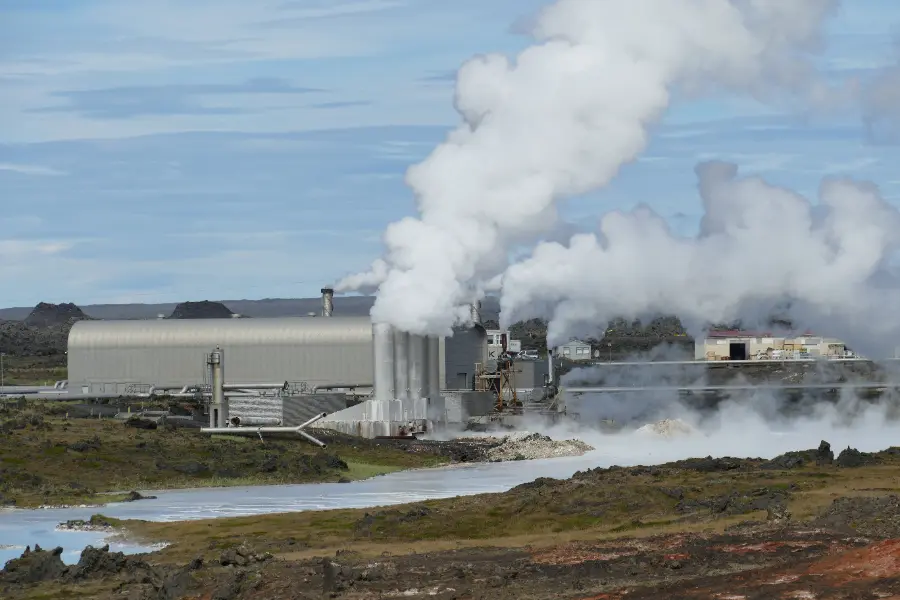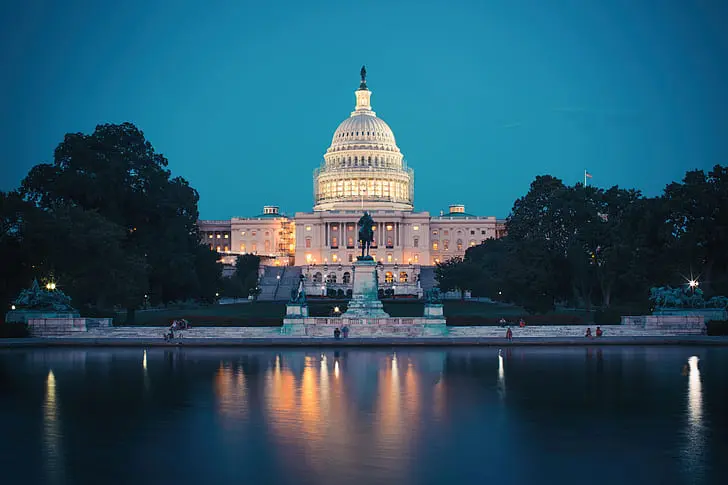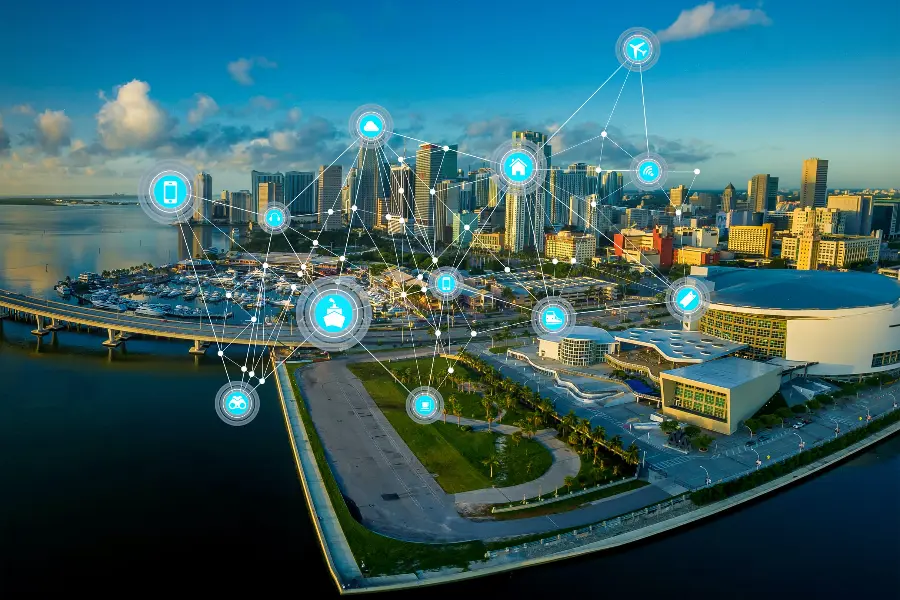
Explore how the impact of climate change on clean energy strategies is shaping our future. Dive into solutions for a greener tomorrow!
The impact of climate change on clean energy strategies is profound. As global temperatures rise, there’s an urgent push to adopt renewable energy sources. This shift not only reduces greenhouse gas emissions but also counters the adverse effects of climate change, ensuring a sustainable and resilient energy future for all.
The Impact of Climate Change on Clean Energy Strategies
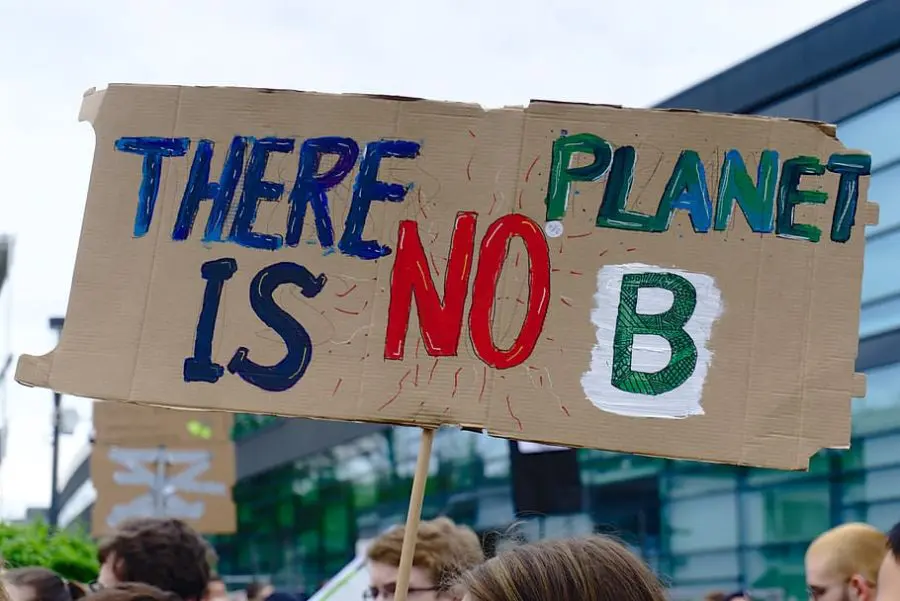
Ever stopped to ponder the impact of climate change on clean energy strategies?
It’s like piecing together a jigsaw puzzle for our planet’s future. As the pieces fall into place, we’re uncovering the vital role clean energy plays in our fight against global warming.
Let’s dive into this intriguing interplay and discover the brighter path ahead!
Climate Change and the Clean Energy Revolution
In the past decade, the world has witnessed the undeniable effects of climate change.
As global temperatures rise, the urgency of transitioning to clean energy becomes paramount.
This article delves into the intersection of the climate crisis and the promise of renewable energy sources.
The Impact of Climate Change on Clean Energy Strategies: Causes and Consequences

As we stand on the brink of a new era, the reality of climate change looms larger than ever.
It’s not just about melting ice caps or sweltering summers; it’s about understanding the root causes and grappling with the far-reaching consequences.
From human activities to natural cycles, let’s delve deep into what’s truly driving these changes and the ripple effects they’re creating across our planet.
But climate change itself could affect those renewable alternatives: changing yields for biomass crops, reduced streamflow for hydropower, diminished sunlight and increasing temperatures for solar, and altered air density and wind speed patterns for wind power.
https://www.pnnl.gov/news-media/preparing-climates-impact-renewables
Defining Climate Change
The primary cause of climate change is the increase in greenhouse gas emissions, primarily from burning fossil fuels.
As the United States and other nations continue their reliance on coal, oil, and natural gas, the planet’s health deteriorates.
The Alarming Signs
Melting glaciers, rising sea levels, and extreme weather events have become more frequent in recent years.
These manifestations of global warming are not just predictions from climate models but are now our lived reality.
The Global Response
The Paris Agreement marked a significant step in international cooperation to combat climate change.
However, sustainable development goals need to be met with actionable steps, especially in the energy sector.
The Rise of Clean Energy: A Beacon of Hope

In a world shadowed by the concerns of climate change, the rise of clean energy emerges as a beacon of hope.
It’s not just about harnessing the sun or capturing the wind; it’s about envisioning a future where our planet thrives.
As we journey from coal mines to solar farms, let’s explore how clean energy is lighting the way towards a brighter, more sustainable tomorrow.
Tracing the Growth of Renewable Energy
Renewable energy sources, such as solar panels and wind turbines, have seen exponential growth over the past decade.
Countries like the United States are leading the charge in transitioning from fossil fuels.
The Major Players
Solar power and wind power are at the forefront of the clean energy revolution.
The installation of solar panels in homes and the construction of wind turbines have become symbols of a sustainable future.
Benefits Beyond the Environment
Beyond reducing carbon emissions, renewable energy technologies offer economic opportunities.
The clean energy economy promises good-paying jobs and drives economic growth.
Challenges and Opportunities in Clean Energy Adoption

While the promise of clean energy paints a rosy picture, the road to its widespread adoption is paved with challenges and opportunities alike.
It’s akin to navigating a maze, where every turn presents a new hurdle, but also a chance to innovate and excel.
As we embark on this journey, let’s uncover the barriers, breakthroughs, and bright spots in the world of clean energy adoption.
The Hurdles
While the benefits of renewable energy sources are clear, challenges persist.
Energy storage solutions are still evolving, and the federal government’s tax incentives play a central role in promoting clean energy transitions.
Innovations Paving the Way
The private sector and local governments are investing in alternative energy solutions.
From geothermal energy to offshore wind farms, the future looks bright.
The Role of Policy
The Biden-Harris administration has emphasized the importance of a clean energy future.
Tax credits, clean power plans, and other initiatives are shaping the United States’ energy landscape.
Global Perspectives: How Countries are Embracing Clean Energy

As the globe spins, a tapestry of energy transformations unfolds across its vast expanse.
From the bustling metropolises of the West to the serene landscapes of the East, countries are charting their unique paths in the clean energy realm.
Dive in with us as we journey across continents, exploring how nations, each with their distinct challenges and triumphs, are embracing the clean energy revolution.
Leaders in the Clean Energy Race
Nations across North America and Europe are setting examples in clean energy adoption.
Nuclear power plants, while controversial, are part of the energy mix in many countries.
Lessons from the Laggards
Some countries lag in their clean energy transitions due to economic constraints or heavy reliance on fossil fuels.
However, international energy agencies are providing support and resources.
The Future Outlook
With advancements in renewable energy technologies and a decrease in energy costs, the world is on a path to a more sustainable future.
The transportation sector is also seeing a shift with the rise of electric cars.
Global Perspectives: Frequently Asked Questions (FAQs)

In the vast landscape of global energy shifts, questions bubble up from every corner of the world.
From curious beginners to seasoned experts, everyone has a query or two about the clean energy narrative.
In our Global Perspectives: Frequently Asked Questions (FAQs), we aim to address these burning questions, offering clarity and insights on the most pressing topics of our times.
Q: What is the primary cause of climate change?
A: The primary cause of climate change is the burning of fossil fuels such as coal, oil, and natural gas.
When these fuels are burned, they release carbon dioxide and other greenhouse gases into the atmosphere.
These gases trap heat from the sun’s rays inside the atmosphere, causing the Earth’s average temperature to rise.
This phenomenon, known as the greenhouse effect, leads to global warming, which drives the various impacts of climate change.
Q: How can renewable energy help combat climate change?
A: Renewable energy sources, including solar, wind, and hydroelectric power, offer a sustainable alternative to fossil fuels.
By harnessing energy from natural processes, they generate electricity without emitting carbon dioxide or other greenhouse gases.
As a result, transitioning to renewable energy not only reduces the amount of carbon dioxide released into the atmosphere but also helps mitigate the worst impacts of climate change, such as extreme weather events and rising sea levels.
Q: Are nuclear power plants considered clean energy?
A: Nuclear power plants generate electricity without emitting greenhouse gases, making them a carbon-free energy source.
In this regard, they can be considered a form of clean energy.
However, the production of nuclear energy comes with its own set of challenges, including the disposal of radioactive waste and potential risks associated with nuclear accidents.
While nuclear energy can play a role in reducing greenhouse gas emissions, it’s essential to address these concerns to ensure its safe and sustainable use.
Q: How are local governments supporting clean energy?
A: Local governments play a pivotal role in the clean energy transition.
Many municipalities are setting ambitious renewable energy targets, offering tax incentives to promote the installation of solar panels and wind turbines, and implementing clean power plans to reduce reliance on fossil fuels.
Additionally, local governments often collaborate with private sectors, invest in renewable energy production facilities, and promote community-based renewable projects.
These initiatives not only reduce carbon emissions at the local level but also drive economic growth and create jobs in the clean energy sector.
Conclusion: The Imperative of Action

The world stands at a crossroads. The choices made today will shape future generations’ lives.
With the effects of climate change becoming increasingly evident, the shift to a clean energy future is not just desirable but essential.
Together, through collective action and innovation, a brighter, sustainable future is within reach.
The Tangible Impacts of Today’s Decisions:
Every action taken today, from policy decisions by governments to individual lifestyle choices, has a ripple effect on the environment.
As fossil fuel reserves deplete and global temperatures rise, the urgency to act becomes paramount.
The decisions made now, whether to invest in renewable energy technologies or to continue relying on non-sustainable resources, will determine the health of our planet and the quality of life for future generations.
The Power of Unity and Innovation:
History has shown that when humanity unites for a common cause, remarkable progress can be achieved.
The clean energy revolution is no different.
By fostering collaboration between nations, industries, and communities, and by championing research and technological advancements, we can accelerate the transition to a green economy.
This collective effort not only addresses the challenges of climate change but also unlocks new economic opportunities and paves the way for a prosperous, sustainable world.

